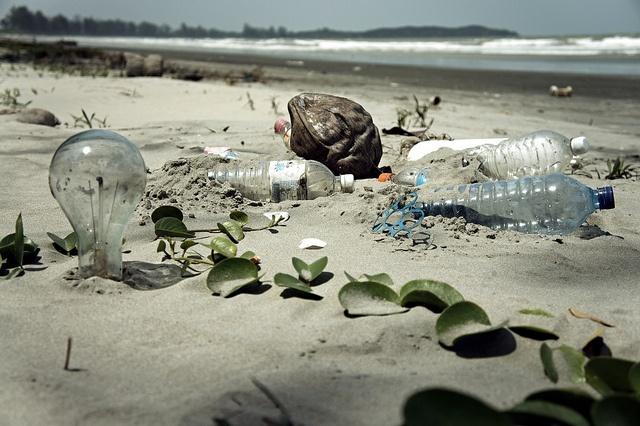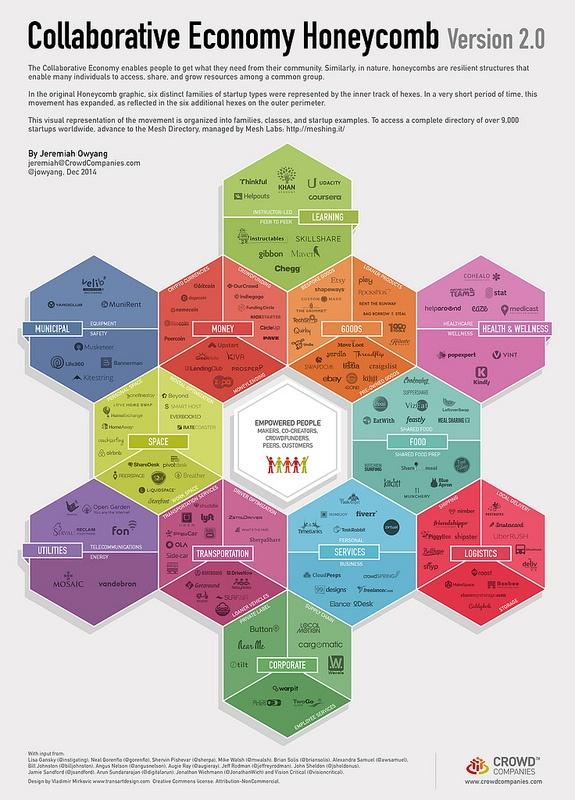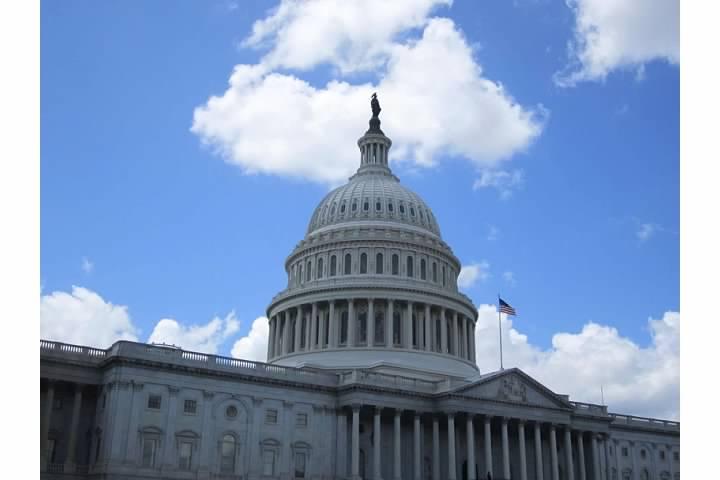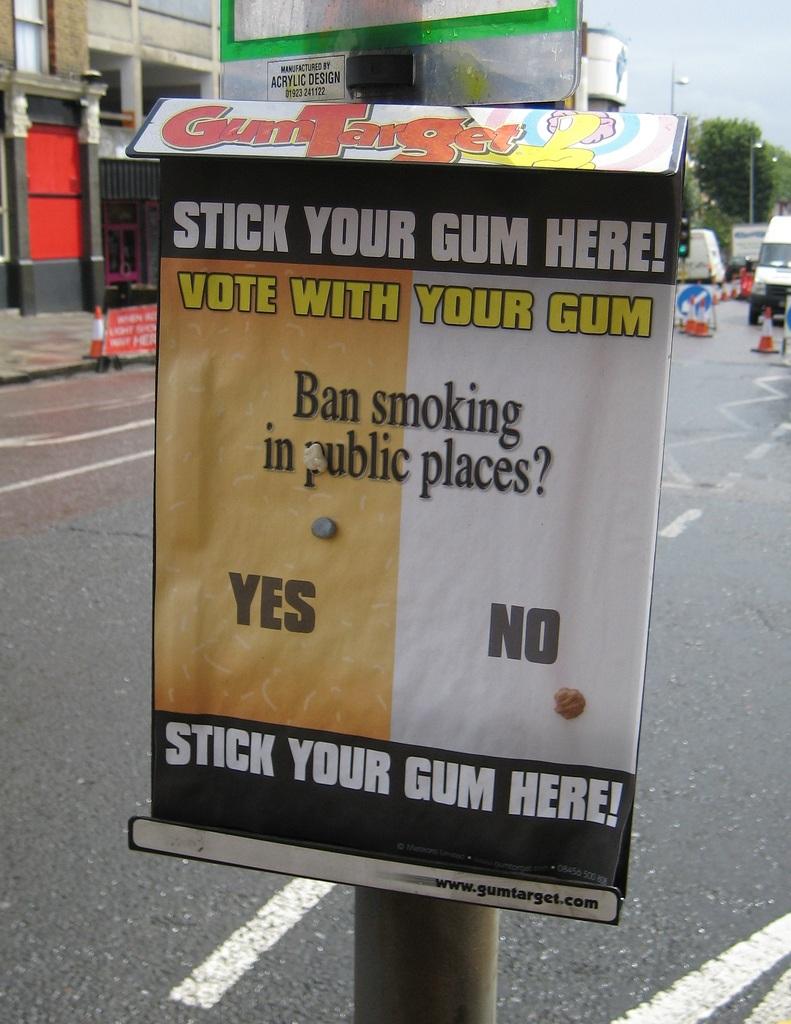Report Highlights Plan to Eliminate Ocean Plastic Waste in 20 Years


Plastics: They’re everywhere and in almost everything — from electronics and automobiles to food packaging and chewing gum. In fact, the average American generates between 88 and 122 pounds of plastic waste at home every year. Sadly, 8 million metric tons of plastic finds its way into the world's oceans each year.
The Ocean Conservancy warns that unless drastic measures are taken – in 2025 the ocean could contain 1 ton of plastic for every 3 tons of fish.
Although the scope of the problem may sound overwhelming, combined with the fact that global plastic production is expected to increase significantly, the Ocean Conservancy in partnership with the McKinsey Center for Business and Environment released Stemming the Tide: Land-based strategies for a plastic-free ocean: a solution-oriented report detailing how to reduce plastic waste in oceans by 45 percent by 2025 and eliminate the problem by 2035.
Five countries account for 60 percent of the total leakage of plastic into the ocean: China, Indonesia, the Philippines, Thailand and Vietnam. To achieve this reversal of the status quo, however, all hands are needed on deck in a concerted land-based global response.
"Today's report, for the first time, outlines a specific path forward for the reduction, and ultimate elimination, of plastic waste in the oceans," said Andreas Merkl, CEO of the Ocean Conservancy on Sept. 30. "The report's findings confirm what many have long thought - that ocean plastic solutions actually begin on land. It will take a coordinated effort of industry, NGOs and government to solve this growing economic and environmental problem."
The global cost of this undertaking could be as low as $5 billion annually, but it would also provide economic benefits. The exact impact of ocean plastic pollution is difficult to quantify, but it does impact tourism revenue, human health and property values. Marine life, including seabirds, whales and sea turtles, are dying from ingesting or becoming entangled in marine plastic; livelihoods are threatened; and navigational challenges are created for shipping and transportation industry.
"Considering this is a global environmental challenge impacting sanitation and health, land values, important sources of global protein, and the growth of the consumer goods and packaging industries, an estimated $5 billion scale of intervention makes this one of the most solvable of the environmental challenges we collectively face," said Dr. Martin Stuchtey, director of the McKinsey Center for Business and Environment.
The report calls for both a private and public investment, with solutions for different time horizons. Rapid development of waste-collection systems and mitigating post-collection leakage is the first step. Next, the development and implementation of treatment options. In the long term, the report identifies a critical need for supply-chain cooperation and innovations in recovery and treatment technologies, the development of new materials, and product design that promotes reuse and recycling.
In the short and medium term, the report calls for accelerated development of waste collection and plugging of post-collection leakage, followed by the development and rollout of commercially-viable treatment options.
The report emphasizes the need for fast, effective global solutions with diverse benefits, while also making multidimensional decisions across an integrated lifecycle of plastics. This would require a multi-stakeholder approach for rapid progress, including the important role of industry.
"We're committed to working toward a future of a plastic-free ocean," said Jeff Wooster, global sustainability director for Dow Packaging and Specialty Plastics, a partner on the report. "Companies don't make plastic with the intent of it ending up in the ocean, and we acknowledge the strong role industry must play in order to help eliminate ocean plastic waste by 2035."
Image credit: Flickr/epSos .de


















